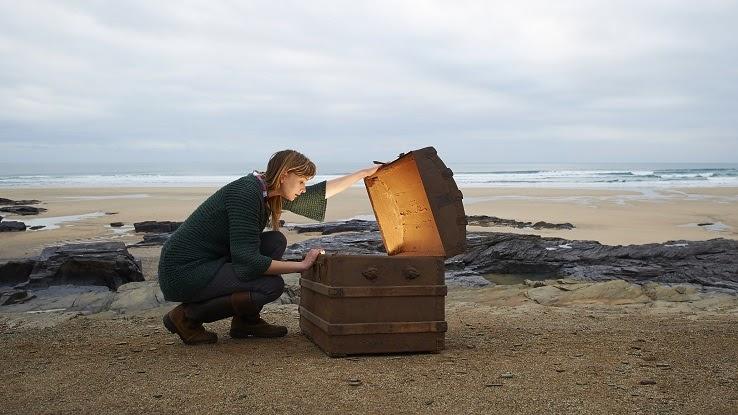
When was the last time you used a gold coin to purchase something — if you have at all? Today, that may sound like something only a pirate would do, but gold and silver coins were the norm until just a few centuries ago.
In fact, commodity money — the term for using gold, silver or any other commodity instead of paper bills — was the norm for much of civilization. The big difference? Paper isn’t so valuable, and it’s the numbers on the paper that ostensibly tell us what a paper bill’s value is. But commodity money is made of objects that are already considered valuable on their own, in addition to functioning as currency. Learn more about the basics of commodity money to better understand its uses and value.
What Is Commodity Money?
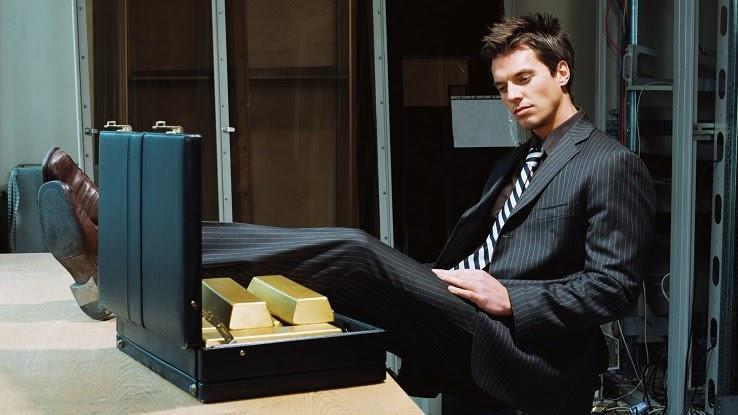
Commodity money is a form of money that has value as a specific commodity and is literally made of that item; it’s a valuable item that functions as a form currency. This type of item has intrinsic value, meaning it’s worth money on its own. However, it becomes commodity money when people agree to accept it as a form of currency. Gold and silver have been two of the most common forms of commodity money throughout history, but anything can be used as commodity money as long as it has value to people.
Dried beans, grain and pieces of wood can be commodity money if people agree that they have value and are willing to trade them for other goods and services. Commodity money depends on what’s most valuable to people in a society. For example, animal fur and cigarettes have served as commodity money for societies in the past.
How Does Commodity Money Work?
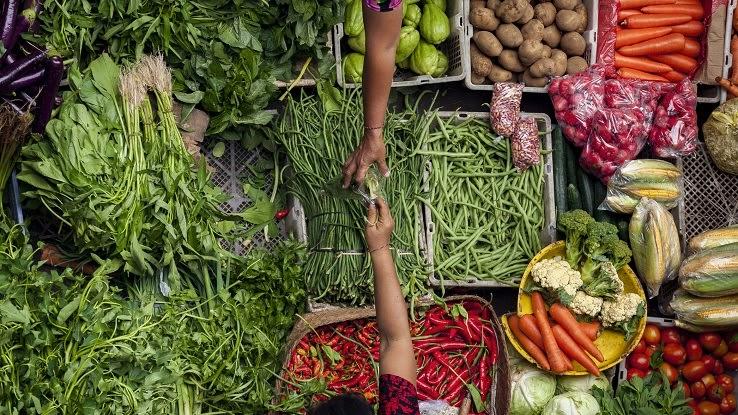
Commodity money is tied to the value of a specific commodity, and the market determines that value. Commodity money works when multiple members of a society assign a value to a certain good. People obtain and store that good, and then they use it to buy things they need.
Because the commodity has a recognized value, whether for its rarity or its usefulness, it’s easy for members of society to agree upon its prices. For example, many farmers recognize the value of owning a cow, so a cow could be traded as commodity money for a service or good.
Commodity Money Examples
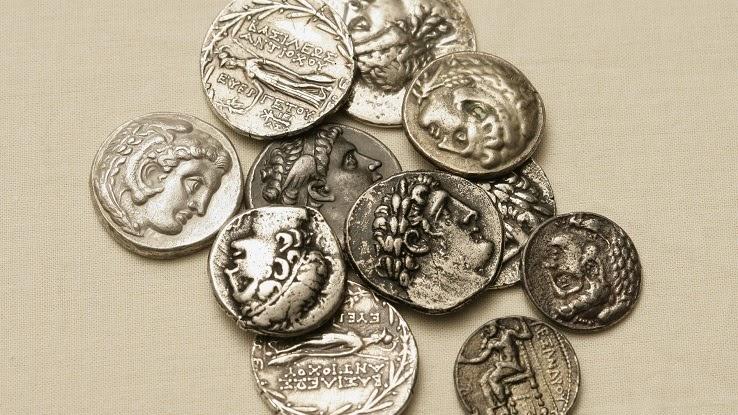
Commodity money doesn’t have to be expensive or easy to carry. It simply needs to have value. Tobacco, tea, seashells and cacao beans have all been used as commodity money.
In biblical times, drachmas and denarii were forms of commodity money made of precious metals. The coins had specific monetary values based on their weight. If you lived in that time, you could bring a pocket full of drachmas to the market and pay people the number of drachmas they asked for to make a purchase.
Why Does Commodity Money Exist?
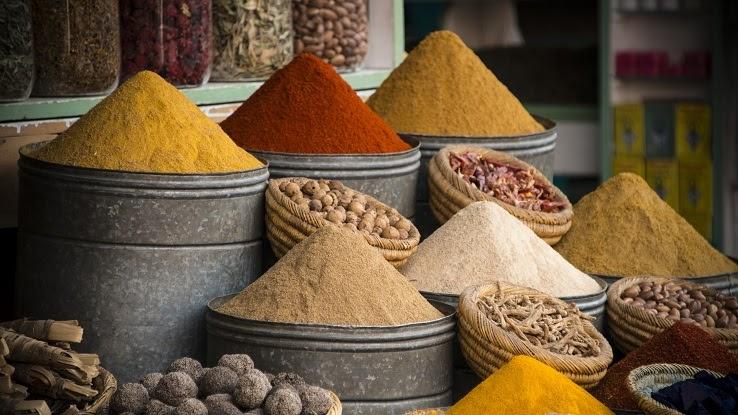
Commodity money exists because every good has an inherent value. Especially in the earliest civilizations, it would’ve been difficult to create many versions of tangible money that looked the same or weighed the same. Rather than using this type of uniform value system, early societies used commodities for trade and payment instead.
Although a good may be worth more to one person than another, value is universal. All people need food, clothing and shelter, so all people value food, clothing and shelter. Throughout history, commodity money has often been tied to obtaining those most basic and necessary goods.
Advantages and Disadvantages of Commodity Money
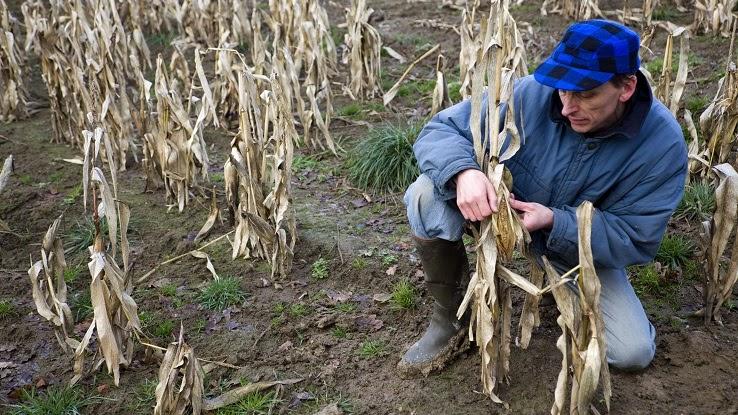
Commodities can be perishable and easier to steal than paper money. Prices aren’t always exact, and commodity money is hard to divide into smaller increments. For example, while it’s possible to divide an oil barrel into smaller containers, that could be a very messy and inconvenient process.
Commodity money is based on the value of an item, so the value of the money is based on supply and demand. Oil has been extremely valuable as long as cars have existed, but government initiatives exist in some places to encourage drivers to switch to electric cars. If more countries follow suit, oil will become less valuable, thereby reducing its overall value as a commodity.
One advantage of commodity money is that it’s inflation resistant. Because commodities are tangible, there’s a limit on the amount of a commodity that’s available for trade. A business cannot decide that its products are worth 1 million gold bars if there are not 1 million gold bars circulating in the economy.
What Gives Commodity Money Its Value?
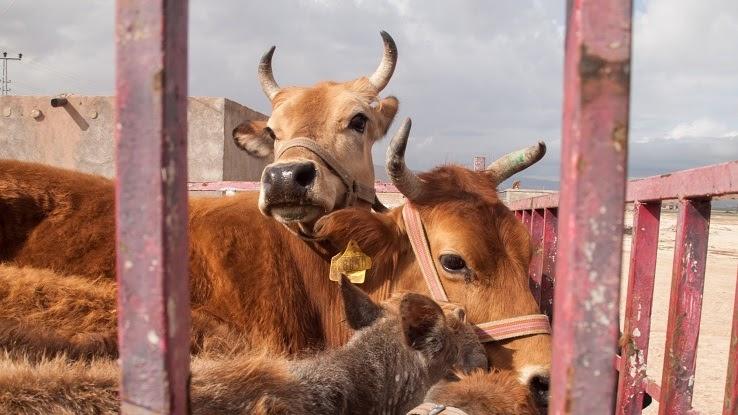
The value of commodity money is the same as the value of the commodity. The money is valuable because people can use it to complete a specific task or meet a specific need. Sometimes, the commodity isn’t directly valuable to the person who owns it, but it has recognized usefulness in society as a whole.
A cow produces milk, can help plow a field, can mate with another cow to produce calves and can ultimately serve as a source of meat. An agrarian society could use cows as commodity money because having a reliable farm helper and food source has value in that society.
Fiat Money vs. Commodity Money

Today, fiat money is more common than commodity money. The U.S. dollar and the Euro are both forms of fiat money. Fiat money is based on the perceived value, not the intrinsic value, of the currency issued by a certain government. The value is based on that country’s economic activity and the perceived stability of the government backing it.
America is a great example of the contrast between commodity money and fiat money. In 1973, America switched from a representative commodity money system to a fiat money system. Prior to 1973, the value of the American dollar was based on gold. If the value of gold increased, the value of the dollar increased. To introduce more dollars into the economy, more gold of a corresponding value would first have to be purchased and stored. The combined value of all the U.S. dollars at that time corresponded directly with the value of the gold that the U.S. government owned. Nevertheless, American money had always been made of paper bills and (non-gold) metal coins.
When the switch was made to fiat money, the Federal Reserve was given authority to add dollars to the economy based on need rather than based on buying more gold. Now, the value of the dollar is based on the health of the American economy. If the value of gold was to suddenly take a nosedive, the value of the American dollar would only change in correspondence to the change in its buying power.
How to Use Commodity Money
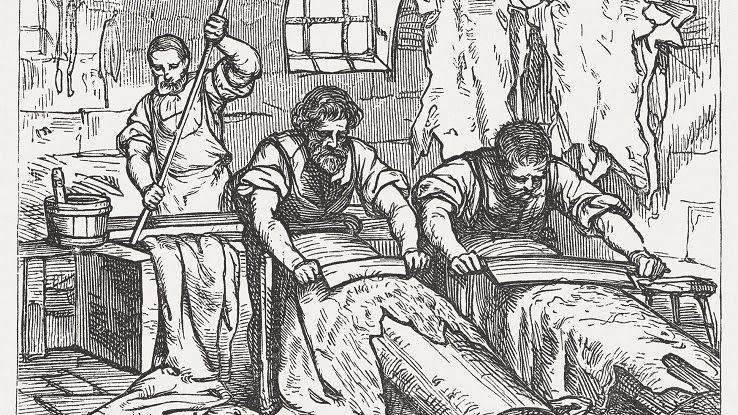
The use of commodity money can be compared to trading of items. Suppose Jim is an early American settler looking to buy vegetables for his family. Jim is a fur trapper, and his neighbor Bill is a farmer. Jim gives Bill three beaver pelts in exchange for 10 bushels of collard greens. The pelts served as commodity money because both parties agreed that they were valuable and that three beaver pelts had an equal value to 10 bushels of collard greens.





